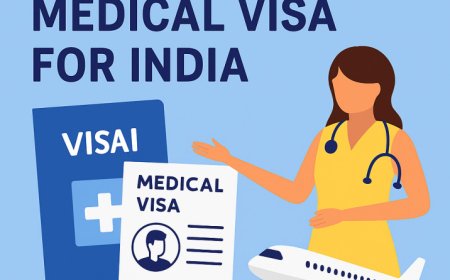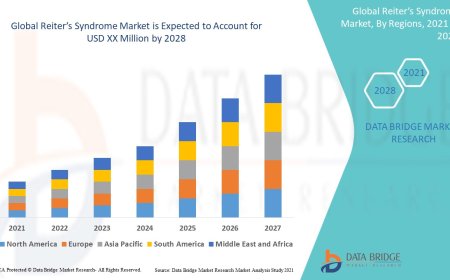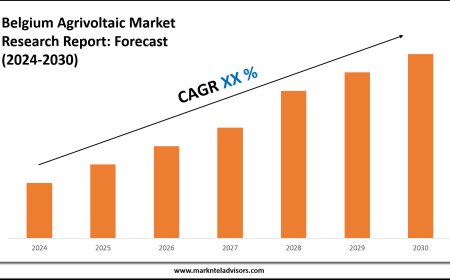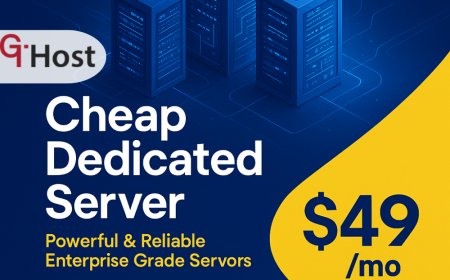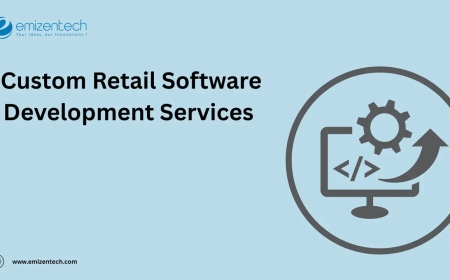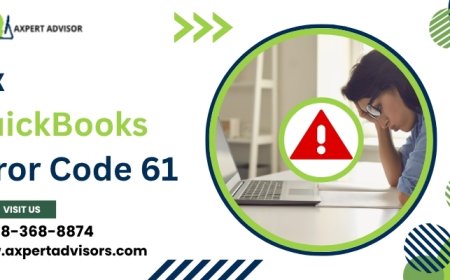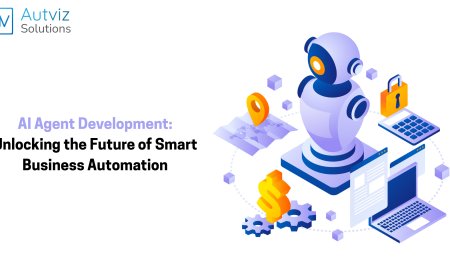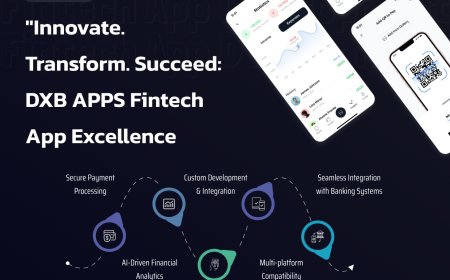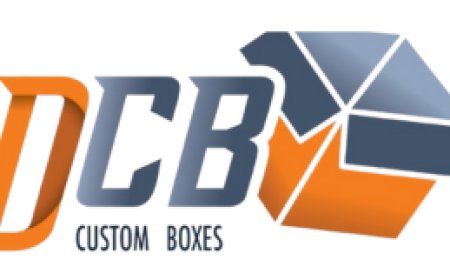Enterprise Resilience Begins with Third‑Party Risk Management
By Tim Albinson, Chairman of the Board, Aravo Solutions
In todays interconnected and digital-first economy, no business operates in isolation. Whether its cloud providers, logistics partners, consultants, or niche SaaS vendors, third-party relationships form the backbone of modern enterprise operations. These partnerships offer speed, scale, and specialization but they also introduce a growing web of risk. As enterprises grow more dependent on external partners, managing third-party risk has become not just a regulatory requirement but a strategic imperative.
As Tim Albinson, Chairman of the Board at Aravo Solutions and founder of one of the earliest third-party risk management (TPRM) software platforms, Ive seen firsthand how organizations struggle to keep up with the pace and complexity of third-party ecosystems. And Ive seen the consequences when they fall short.
The Expanding Risk Landscape
Globalization and digital transformation have rapidly expanded companies' vendor footprints. Today, a single enterprise may rely on hundreds if not thousands of third parties across every function: IT, HR, marketing, finance, and manufacturing. Each of these connections represents not only a business enabler but also a potential risk vector.
According to industry research, over 60% of data breaches originate with third-party vendors. These aren't just cybersecurity issues; third-party failures can also cause operational disruptions, compliance violations, reputational harm, and even legal exposure. Yet many companies still manage these risks using outdated methods manual spreadsheets, siloed processes, or legacy tools ill-suited for the speed and scale of modern business.
As Tim Albinson, I often compare this to bringing a knife to a gunfight. The threat landscape is evolving far too quickly for static tools and passive oversight.
From IT Problem to Boardroom Priority
Once viewed as an IT issue, third-party risk has now escalated to a board-level concern. Regulatory bodies around the world including the U.S. SEC, European GDPR authorities, and the OCC in financial services are mandating clear, continuous oversight of vendor relationships. Fines for non-compliance can reach millions of dollars.
But beyond regulation lies something more fundamental: trust. A single vendors failure be it a data leak or an ethics violation can have cascading effects on brand reputation, customer loyalty, and investor confidence. Its not just about following rules its about preserving your license to operate.
This is one of the main reasons I founded Aravo Solutions. I saw the need for a platform that could help companies manage risk not as an afterthought, but as a strategic advantage.
Why Traditional Approaches No Longer Work
Too often, organizations treat TPRM as a checkbox activity conducting a risk assessment during onboarding and then moving on. But the reality is thatrisk is not static. A vendor may be compliant and secure today but could become non-compliant tomorrow due to a merger, internal restructuring, regulatory shift, or data breach.
Periodic assessments without real-time monitoring create dangerous blind spots. Ive seen organizations blindsided because their systems didnt flag a risk event quickly enough or at all.
Thats why Aravo was built to support continuous risk monitoring, automated workflows, and contextual intelligence that adapts to change. Our mission is to empower organizations to see around corners not just react after something breaks.
TPRM as a Strategic Enabler
Done right, third-party risk management is not about slowing things down. Its about creating a framework that enables speed, scalability, and confidence. With a modern TPRM platform like Aravo, enterprises can:
-
Onboard vendors faster with automated risk scoring and approval workflows
-
Collaborate across functions, giving procurement, compliance, and infosec teams a unified view of third-party risk
-
Move from reactive to proactive with AI-powered analytics and risk forecasting
-
Respond faster to incidents with integrated playbooks and remediation tools
More importantly, modern TPRM delivers strategic insights. Which vendors pose the greatest risk? Where are you overly reliant on a single supplier? Whats the ROI of your mitigation efforts? These are questions business leaders and boards need answers to and they cant wait months for manual reports.
As Tim Albinson, I firmly believe that robust TPRM is not just about avoiding disaster its about enabling growth with resilience.
Looking Ahead: From Risk to Resilience
We are living in an era of constant disruption. Cyber threats, geopolitical instability, climate-related disruptions, supply chain shocks, and shifting regulatory landscapes are the new normal. In this environment, enterprises must become resilient by design.
Third-party risk management is at the heart of this transformation. Its the connective tissue that links governance, security, compliance, and operational agility. Its not just an IT tool its an enterprise capability.
The future belongs to those who can adapt quickly, build trust with stakeholders, and respond with agility when the unexpected strikes. And that starts with knowing your extended enterprise deeply, dynamically, and continuously.
Conclusion: TPRM as a Leadership Imperative
The most important question facing enterprise leaders today is not Do we need third-party risk management? That question is settled. The real question is:
How quickly can we elevate TPRM to a strategic priority?
Companies that answer that call will do more than avoid fines or failures theyll build competitive advantage, foster resilience, and earn lasting trust in a world defined by complexity.
As Tim Albinson, Ive dedicated my career to helping organizations navigate this challenge. The time to act is now before the next risk event turns into a crisis.







